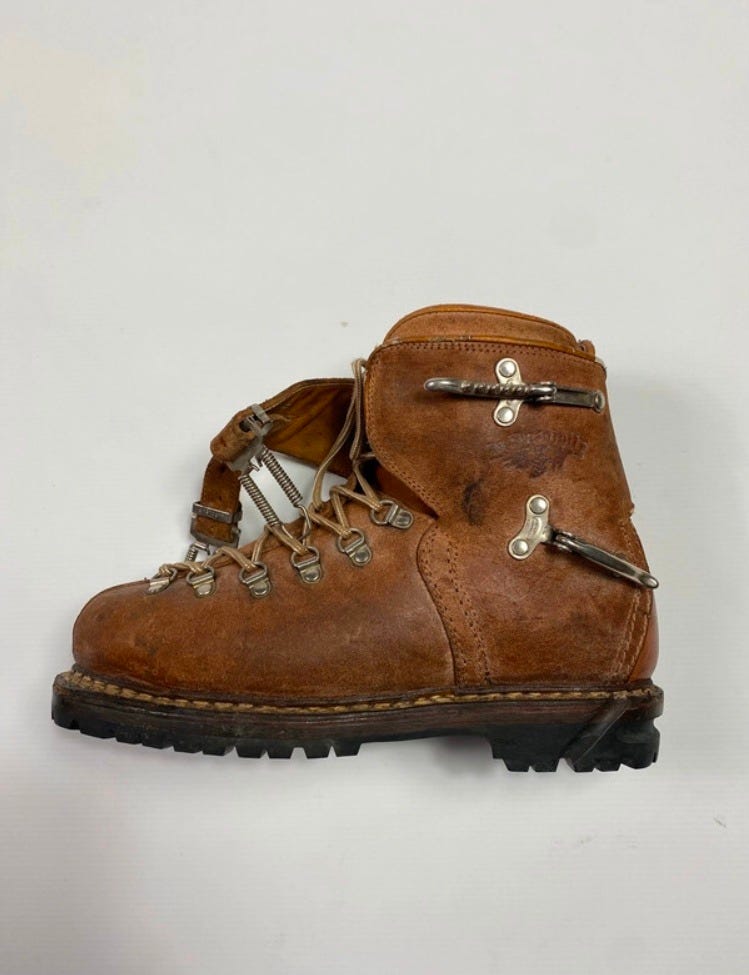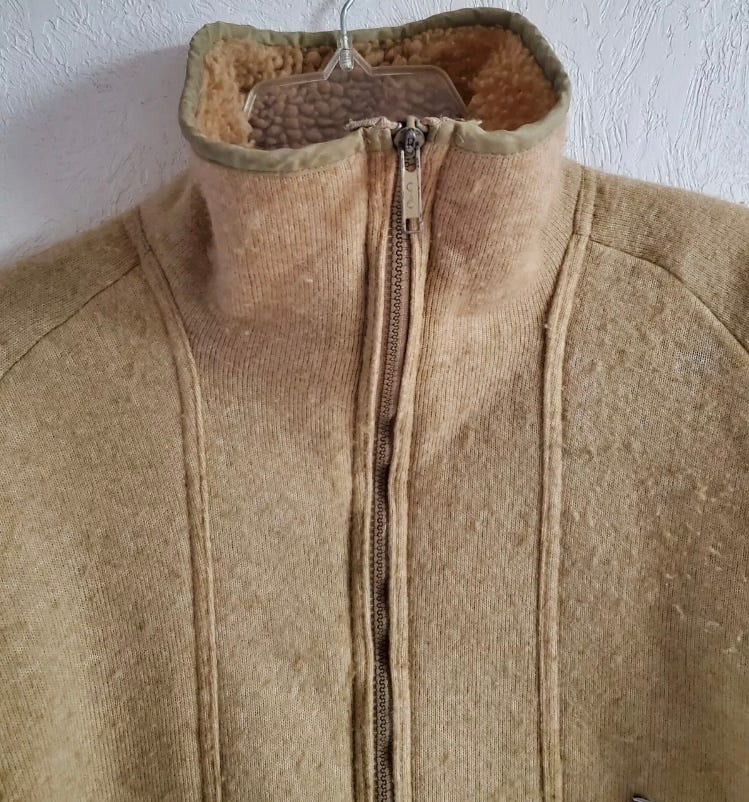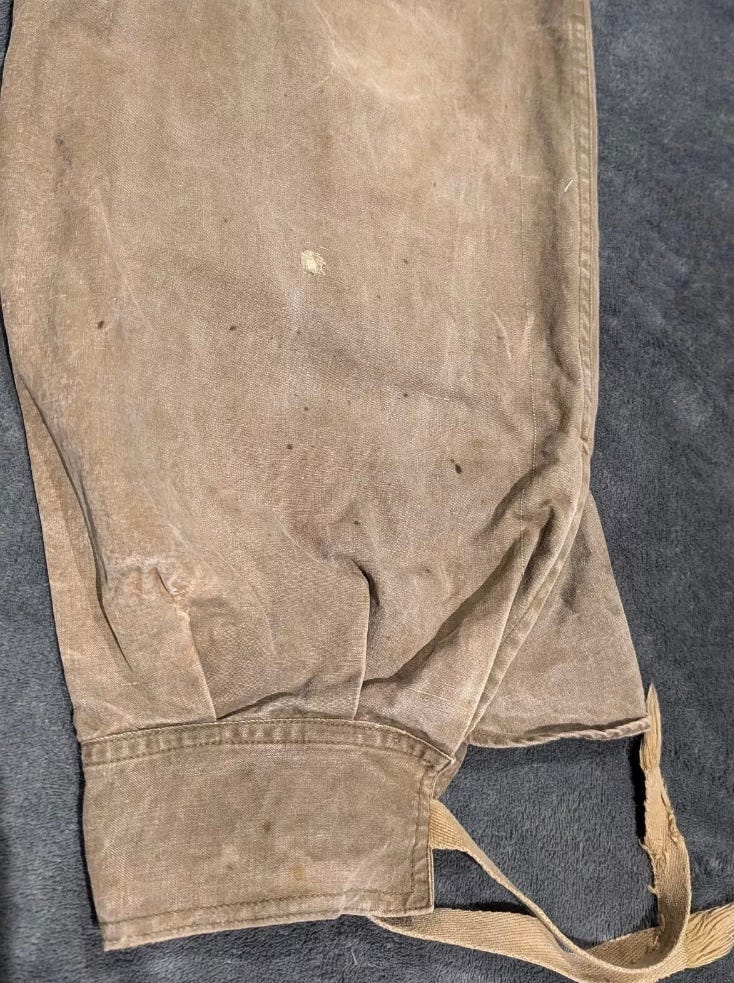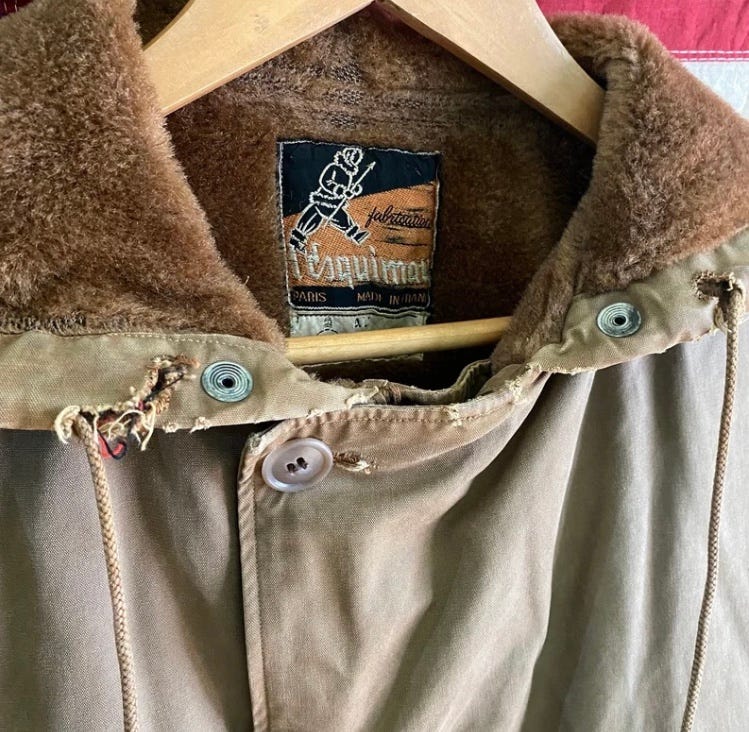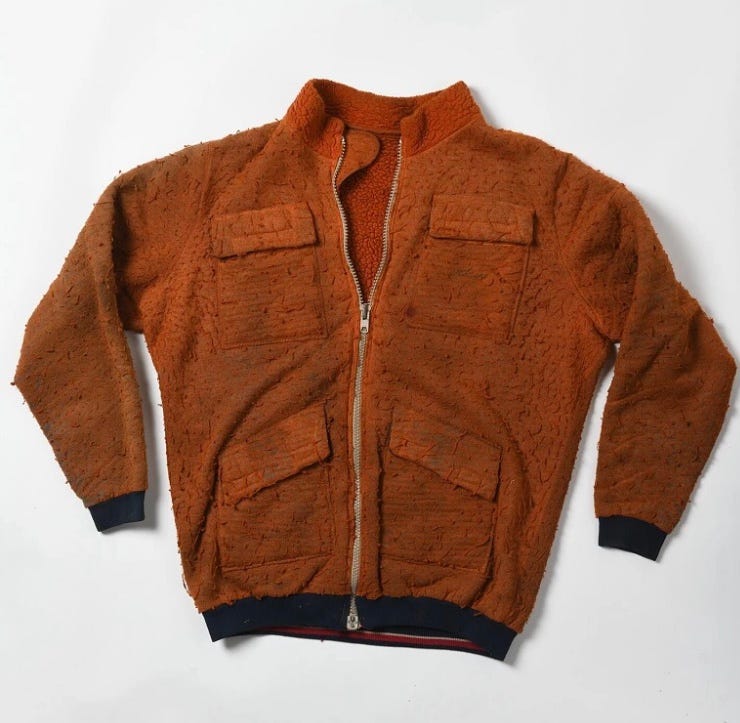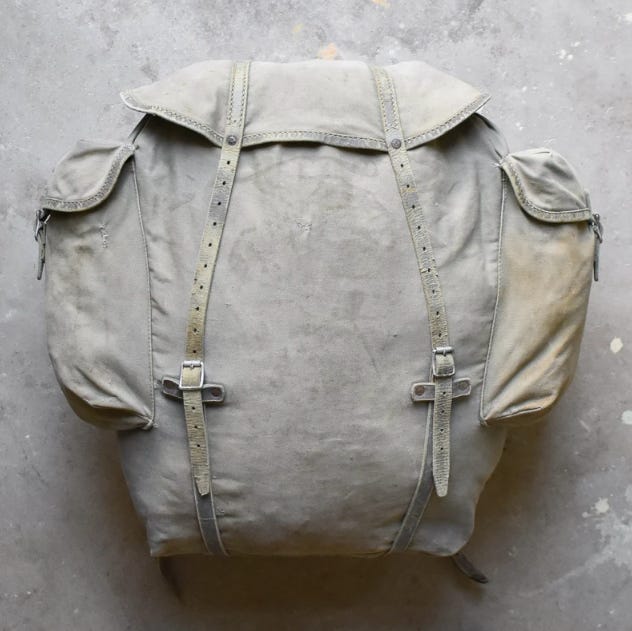PRESENT FOREVER is the go-to source for discovering independent clothing brands, makers and stores from across the globe. Read everything here.
‘RIP Gorpcore’ wrote Noah Johnson, GQ’s Global Style Director, this week. ‘The concept of crunchy, outdoorsy clothing as an all-encompassing trend is well and fully dead’. This raised some eyebrows. What about the influence on menswear style — or style in general — of trail running sneakers, nylon side bags, fleece vests, waterproof shells, and cargo pants, some readers asked. Isn’t this all too real? What about the gorpification of almost everyone under 40 on the streets of almost every major city? Other readers’ criticism was of a different character. Gorpcore is dead — okay, maybe. ‘But what if it’s raining?’. ‘Tell to that Scandinavians…’. ‘I’m still thriving here (Canadian Rocky Mountains)’.
The fact is that Johnson did have a point. The fact is also that it was buried under a slightly hazy layer of style advice and trend forecasting. Reading the article more carefully, it becomes possible to discern that Johnson seems to agree with one group of critics. ‘Gorpcore’ was always a marketing trick aimed to make stylish people believe there’s something ‘novel or trendy’ about Salomon hiking shoes, Gore-Tex shells and sherpa fleece zip-ups. As such, it’s best pronounced dead. As the go-to garb to wear on a hiking trip, however, all these items will live forever as menswear staples.

Any piece of clothing can become fashionable. That doesn’t mean that, once fashionable, it comes and goes just like any other fashion trend. This, of course, holds especially for functional clothing that was never meant to be fashionable. There’s your 2020s paradoxical culture: the point of gorpcore — like dadcore, normcore or what have you — is to treat as fashionable clothing that’s unfashionable to those who originally made and wore it. Of course, there are heritage brands who jump on the bandwagon, hoping to make their products fashionable (which, of course, can easily backfire), just as there are new brands hoping to become fashionable by making heritage products. I don’t have the numbers, but would not be surprised to find this is a profitable-yet-risky strategy: becoming fashionable now = going out of fashion later. From a consumer’s perspective, the point is that it’s healthier not to spend too much time wondering whether or declaring that your clothing is fashionable. Instead, it’s better (for the planet and for your soul, really) to treat clothing as clothing, and to for instance ask whether it’s well and honestly made and serves its purpose. “Just be cool about it. Act natural. Take a hike,” Johnson writes, and I agree.

But then again, there’s more to say — or to show. Some of the brands that we now associate with “gorpcore” existed long before gorpcore was even a thing, Johnson reminds us. And, as said, some “gorpcore” items have become menswear staples. Let’s take another route. To treat clothing as clothing doesn’t mean to focus on construction and purpose at the expense of beauty and style. Alongside the explosion of “gorp”-inspired brands, the past few years have seen a steady stream of makers finding inspiration not just in vintage workwear and military clothing, but also in heritage garments that were made for activities like mountaineering, hiking, skiing and sailing. It’s not “gorpiness” that’s at stake here. It’s something less commodified and less tangible. I’d call it an appreciation of “ego-less” or “identity-less style” if I’d known what that means. It’s like looking at a Zumthor building or Pierre Paulin chair. Is it fashionable? No. Is it stylish? Yes, perhaps, if it’s possible for style to radiate from an object’s construction.
Let’s get to the evidence: vintage mountaineering gear. I’ve been browsing the internet — working my way through hundreds of Ebay, Vinted, Grailed and Etsy ads and visiting Austrian and Swiss e-stores — to compile a curated list of items. They’re here to be looked at in awe and, if you prefer, to be bought (Click the links in the captions to be redirected.)




